At CWT, we take care of your Hazardous Waste management needs.
Hazardous Waste as defined in the Waste Classification Technical Guideline defines the concentration limits materials to be classified as hazardous waste or pre-classified as hazardous waste. Hazardous Waste includes any waste which, through toxicity, carcinogenicity, mutagenicity, teratogenicity, flammability, explosive nature, chemical reactivity, corrosive nature, infectiousness or other biologically damaging properties, may present danger to the life or health of living organisms when released into the environment.
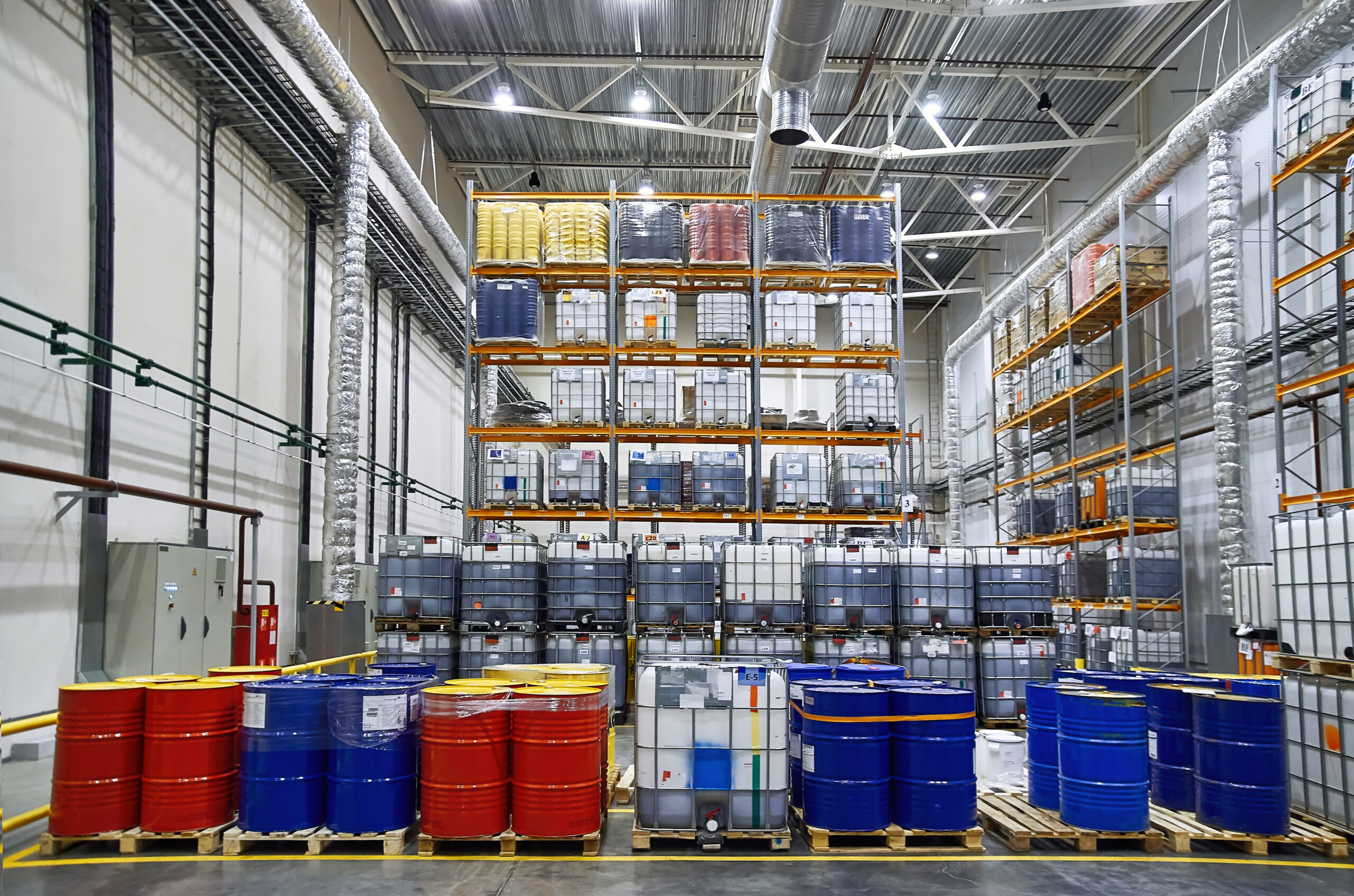
Some commonly generated wastes have been pre-classified as hazardous waste. Wastes that have been classified by the EAD cannot be reclassified by any other party in the Emirate of Abu Dhabi. The following wastes have been pre-classified by the EAD as hazardous waste.
EAD may pre-classify additional wastes as hazardous waste from time to time by a notice published officially.
Some commonly generated wastes have been pre-classified as hazardous waste. Wastes that have been classified by the EAD cannot be reclassified by any other party in the Emirate of Abu Dhabi. The following wastes have been pre-classified by the EAD as hazardous waste.
EAD may pre-classify additional wastes as hazardous waste from time to time by a notice published officially.
Waste must be classified as hazardous waste if it is a dangerous good under any of the following characteristics:

Wastes are produced in the normal course of operation in industrial, commercial, and institutional operations. Because of their chemical, physical, and biological properties, some wastes are more dangerous than others. These are known as hazardous wastes and require special handling and disposal to prevent impact on human health and the environment. The specific definition states that hazardous waste is waste that may cause or significantly contribute to an increase in mortality or serious irreversible or incapacitating reversible illness: pose a substantial present or potential hazard to human health or the environment when improperly treated, stored, transported, disposed of, or otherwise managed: and characteristics can be measured by a standardized test or reasonably detected by generators of solid waste. However; in practical sense, hazardous waste is waste which, due to the nature and quantity, may cause adverse or chronic effects: waste that is potentially hazardous to human health or the environment when not properly controlled and which requires special disposal techniques to eliminate or reduce the hazard.


Wastes are produced in the normal course of operation in industrial, commercial, and institutional operations. Because of their chemical, physical, and biological properties, some wastes are more dangerous than others. These are known as hazardous wastes and require special handling and disposal to prevent impact on human health and the environment. The specific definition states that hazardous waste is waste that may cause or significantly contribute to an increase in mortality or serious irreversible or incapacitating reversible illness: pose a substantial present or potential hazard to human health or the environment when improperly treated, stored, transported, disposed of, or otherwise managed: and characteristics can be measured by a standardized test or reasonably detected by generators of solid waste. However; in practical sense, hazardous waste is waste which, due to the nature and quantity, may cause adverse or chronic effects: waste that is potentially hazardous to human health or the environment when not properly controlled and which requires special disposal techniques to eliminate or reduce the hazard.

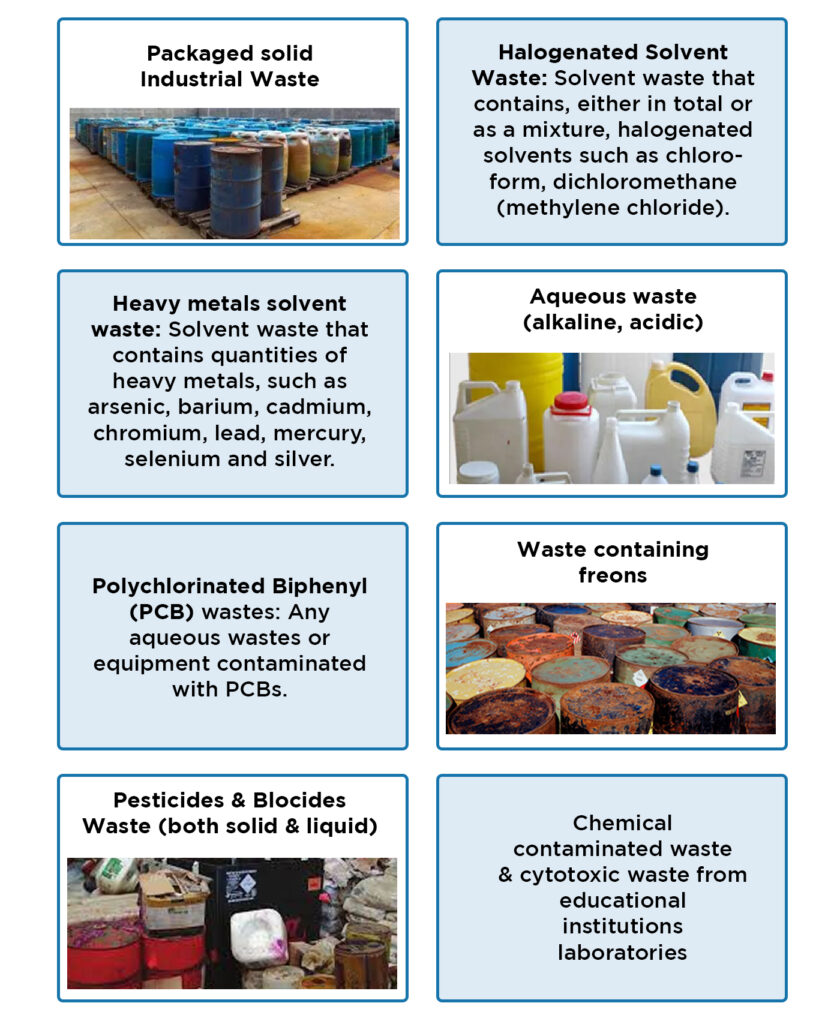
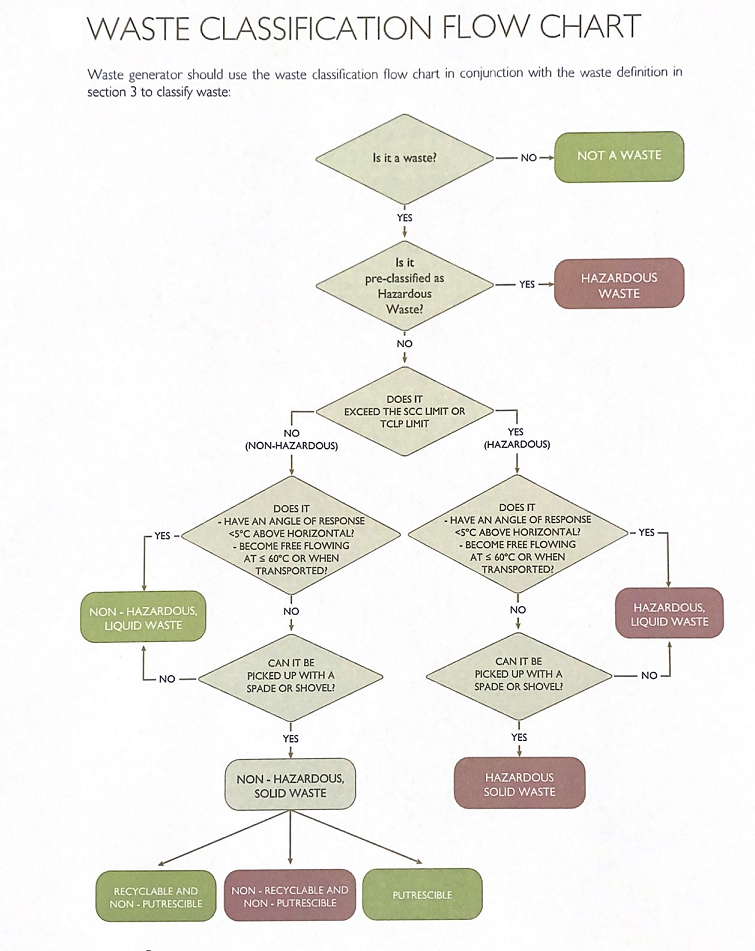
The responsibility for proper hazardous waste management rests with the generator and should be considered part of the cost of doing business. The generator must determine if the waste generated is hazardous in nature and further the generator is responsible for ensuring that the hazardous waste will be managed in the proper manner from the time it is generated to the final disposal. Specifically, the generator is required to confirm (and document) that the hazardous waste produced has been identified, managed, and treated prior to being recycled or disposed.
Generators of hazardous waste are responsible for the proper management of the hazardous waste created and these are categorized into sectors:
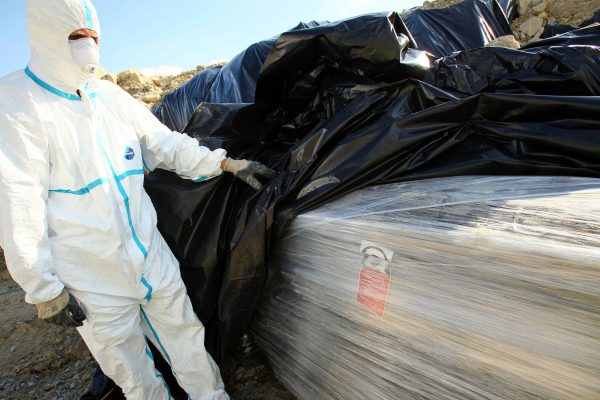
The extent of hazardous waste generation per unit month defines the class of the generator. Depending upon the amount of hazardous waste generated per calendar month, hazardous waste generators are divided into three categories:
The extent of hazardous waste generation per unit month defines the class of the generator. Depending upon the amount of hazardous waste generated per calendar month, hazardous waste generators are divided into three categories:
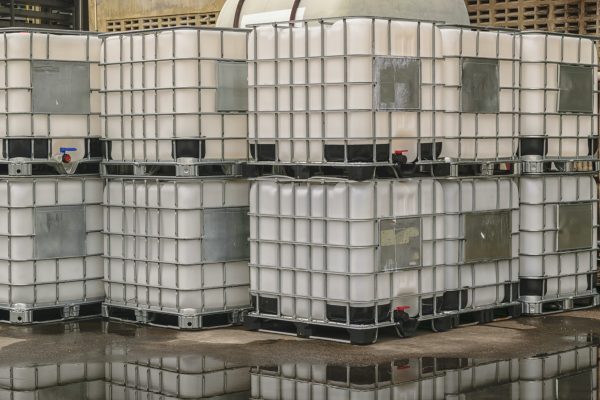
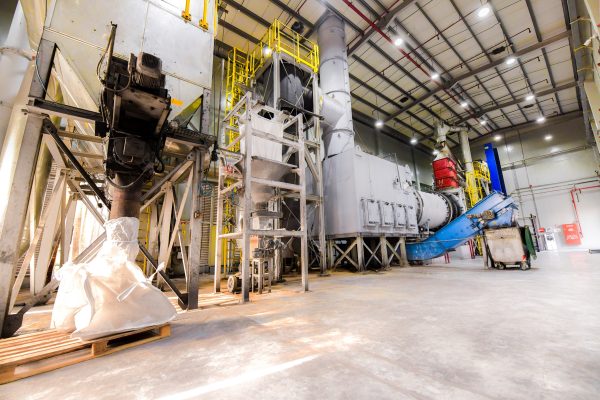
Moreover; hazardous waste generator regulatory requirements necessitate that generators of hazardous waste:
Moreover; hazardous waste generator regulatory requirements necessitate that generators of hazardous waste:
The more effective and proactive management practice is to eliminate or reduce the generation of waste. This is referred to as pollution prevention. Minimizing or avoiding the creation of pollutants and waste can be more effective in protecting the environment than treating them, or cleaning them up after they have been created. Pollution prevention methods are designed to eliminate the creation of waste in contrast to pollution control options that treat waste after it has been created. Waste generators can reduce costs and prevent pollution by implementing reduction, reuse and recycling programs through changes in operational procedures, maintenance practices, and raw material usage.
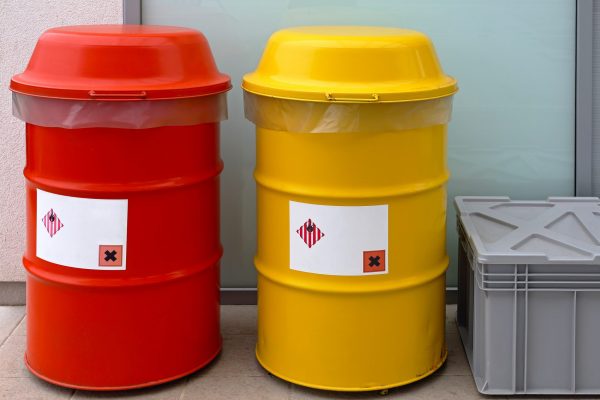
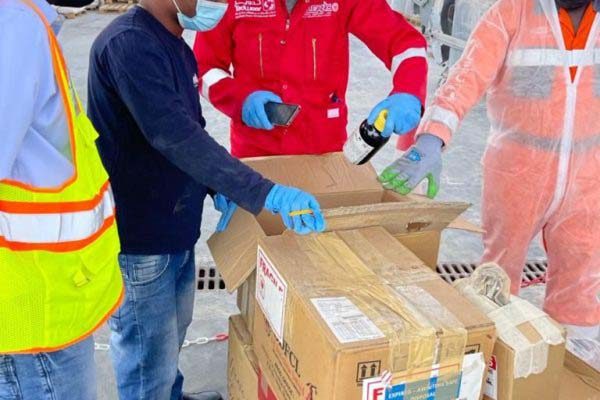
Sustainable waste management necessitates the requirement for waste avoidance and waste minimization at the source and these options are the first to be considered in the hierarchy of waste management. Source reduction is the practice of reducing the amount of a hazardous substance, pollutant, or contaminant entering a waste stream or being released into the environment (including fugitive emissions) before recycling, treatment, or disposal. This process in effect reduces the hazards, associated with the release of such substances, pollutants, or contaminants, that might impact public health and the environment. The aim of reduction is to eliminate the production of hazardous waste by using raw materials more efficiently and effectively. Methods of reduction include substitution or reduction of raw material, production redesign, process changes, and improved maintenance activities. Second, in the hierarchy of waste management is the reuse and recycling of useful resources from waste. Reusing or recycling the hazardous waste in operating processes and the reuse of material that would otherwise require treatment or disposal within the generating facility are other means of pollution prevention. The recycling of materials within an industry can significantly reduce the quantities of hazardous waste generated. Furthermore, waste exchanges and waste associations offer some opportunities for the reuse or recycling of the waste in addition to placing potential users of waste materials in contact with waste generators.
Poor disposal practices result in serious environmental problems, for example, buried hazardous chemicals can migrate into groundwater and cause severe health problems. Hazardous wastes that are characterized as ignitable, corrosive, reactive, or toxic should be removed from industrial waste or treated in municipal sewers. Many toxic wastes upset biological wastewater treatment processes. Solid and liquid hazardous materials disposed of at hazardous waste sites may also become airborne or evaporate if not controlled. The disintegration of solids, as well as absorption and adsorption of liquids both in and on soil, may permit contaminated particulates to become airborne. These may be inhaled or end up on land or water, thus entering the food chain.
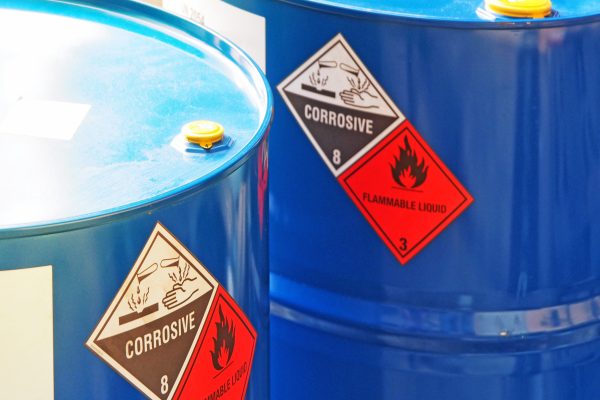
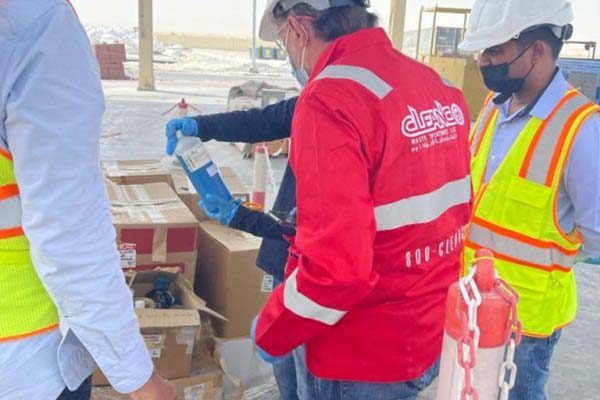
Effectively, hazardous wastes may be treated to minimize their volume and make disposal easier, render the waste less toxic or hazardous, or enhance or facilitate the recovery and reuse of the waste components of a solution. Treatment technologies for hazardous waste are classified into physical, chemical, biological, and thermal, in addition to stabilization and fixation techniques. Chemical treatment transforms waste into less hazardous material by using neutralization, precipitation, and oxidation or reduction. The biological treatment uses micro-organisms to degrade organic compounds in the waste. Physical treatments are used to separate solids from liquids through the use of physical forces and mechanical devices. Thermal treatment includes incineration and pyrolysis which cause the vaporization, oxidation, and destruction of liquid and solid phase components. Waste stabilization and solidification techniques involve removing excess water from waste and then solidifying the waste either by mixing it with a stabilizing agent (i.e. cementation) or by creating a glassified material (i.e. vitrification). Generally, more than one process is used for treatment, with some physical and chemical processes often applied first to reduce the volume of dilute aqueous solutions. No single process is suitable for all categories of hazardous waste and frequently several processes are linked in series or in parallel configurations to form waste-specific treatment methodologies.
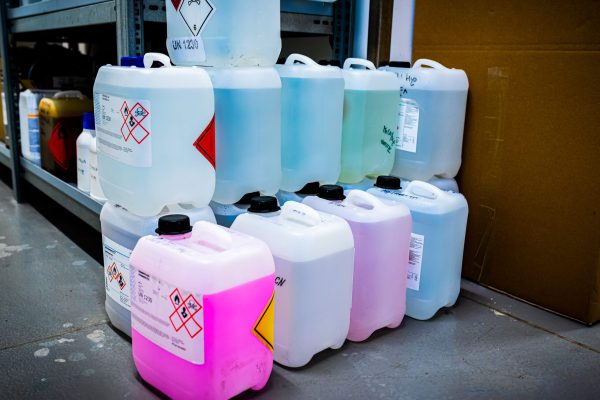
The United Arab Emirates (UAE) has signed six milestone international conventions with regards to environment management of which the Basel Convention (regulating the trans-boundary movement of hazardous waste) was sanctioned on the 17th of November 1992. Further, the UAE devised the following laws and regulations for waste management and the protection and development of the environment wherein specified clauses within these laws and regulations are applicable to the generation of hazardous waste in the UAE:

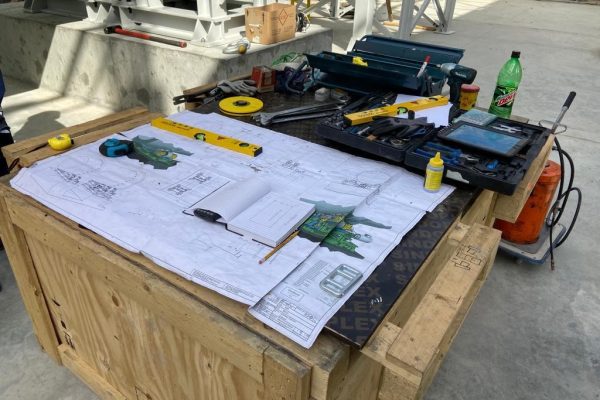
The local and federal directives present the responsibilities of all concerned parties and specific, the responsibilities of hazardous waste generators. The requirements outlined in the law stipulate the reduction of hazardous waste generation impose stringent occupational health and safety requirements and further dictate the safe handling of hazardous waste through the utilization of licensed providers of hazardous waste transport, storage, and treatment or disposal services. The UAE follows hazardous waste classifications based on international standards. The categories and classifications are subject to the regulations for handling hazardous materials, hazardous wastes, and medical wastes in the UAE following the directions of the United Nations (UN). The standards dictate the licensing procedures and permit requirements as well as present the specifications of storage conditions in terms of hazardous waste segregation between different categories of hazardous waste, and in addition, the standards detail the minimum segregation distance requirements between hazardous materials and the public. Further, the containerization requirements and the packaging and labeling of hazardous material containers for transportation are presented. Hazardous waste manifests and records and reporting to be followed in the UAE are also provided in the documentation available for the handlers of toxic and hazardous waste.
The local and federal directives present the responsibilities of all concerned parties and specific, the responsibilities of hazardous waste generators. The requirements outlined in the law stipulate the reduction of hazardous waste generation impose stringent occupational health and safety requirements and further dictate the safe handling of hazardous waste through the utilization of licensed providers of hazardous waste transport, storage, and treatment or disposal services. The UAE follows hazardous waste classifications based on international standards. The categories and classifications are subject to the regulations for handling hazardous materials, hazardous wastes, and medical wastes in the UAE following the directions of the United Nations (UN). The standards dictate the licensing procedures and permit requirements as well as present the specifications of storage conditions in terms of hazardous waste segregation between different categories of hazardous waste, and in addition, the standards detail the minimum segregation distance requirements between hazardous materials and the public. Further, the containerization requirements and the packaging and labeling of hazardous material containers for transportation are presented. Hazardous waste manifests and records and reporting to be followed in the UAE are also provided in the documentation available for the handlers of toxic and hazardous waste.
Get in your inbox the latest news.